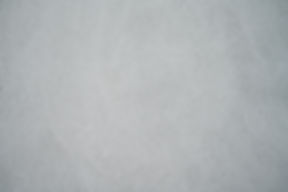
Spinal Stenosis (Cervical)
Overview
This condition is a narrowing of the spinal canal that results from the degeneration of bones, discs, or joints in the cervical spine.
Anatomy Of A Healthy Spine
In a healthy spine, the spinal canal has a rounded, triangular shape that provides an obstruction-free channel for the spinal cord. Each nerve root branches off of the spinal cord and travels through its respective opening, called a foramen, on either side of the vertebrae.
How Spinal Stenosis Forms
Spinal stenosis is typically caused by age and overuse, which can lead to degeneration of the spine's discs, bones and joints. Vertebrae may slip out of their normal alignment and rub harmfully against each other.
Pressure On Cord And Nerve Roots
Damage from the rubbing causes the formation of bony growths called bone spurs. Bone spurs may push into the spinal canal or foramen space. Tissues surrounding the spinal cord, such as the ligamentum flavum, may thicken and push into the spinal canal. This creates pressure against the spinal cord or nerve roots.
Symptoms Of Pinched Nerve Roots
Symptoms depend on the area being pinched. Pressure on a nerve root can cause pain, weakness and numbness in the shoulders, arms and hands.
Symptoms Of Pressure On Cord
Pressure on the spinal cord can cause pain, weakness and numbness in the shoulders, arms and hands, and the legs and feet. It may also cause problems with balance and coordination, which can affect walking. Other problems include loss of fine motor skills, manual dexterity issues, and in late stages, loss of bowel and bladder control.
Treatment
Treatment options include anti-inflammatory medications, rest, epidural steroid injections, and physical therapy. If non-surgical treatments are unsuccessful, surgery may be required to remove the obstruction and repair the spine.